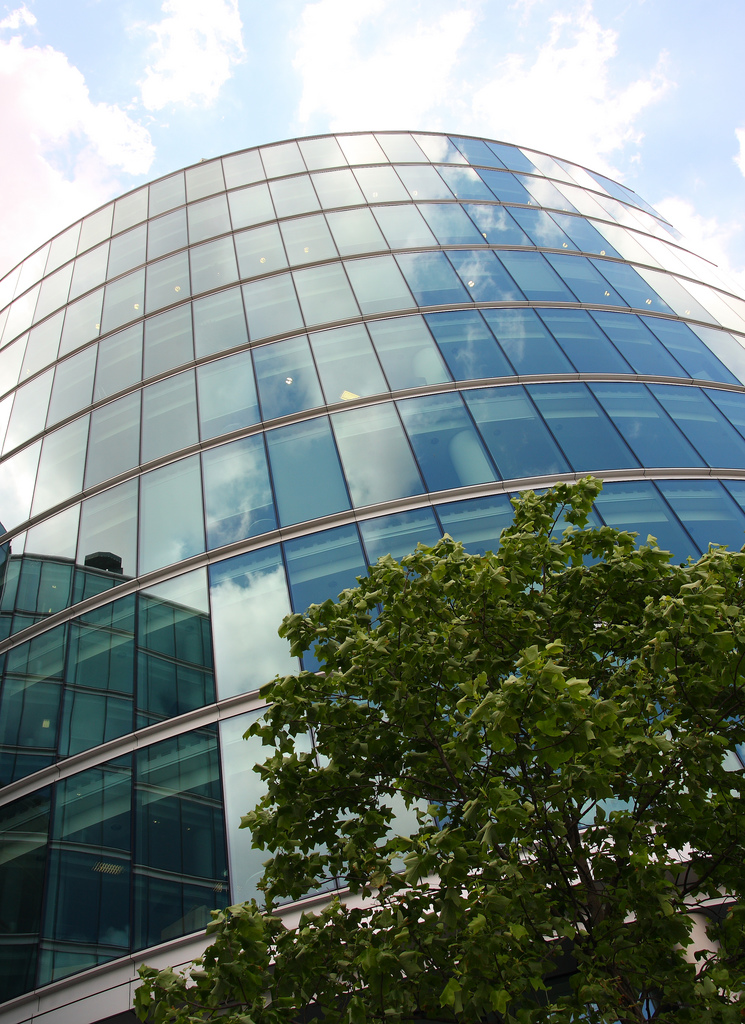RCA Report: Investment Market Rebound Already Underway
It comes as no surprise that 2009 was a bad, bad year for property sales across the globe. According to Real Capital Analytics' new Global Capital Trends report, the volume of commercial property sold last year reached only $381 billion, a staggering 30 percent drop from 2008.
February 25, 2010
By Barbra Murray, Contributing Editor
It comes as no surprise that 2009 was a bad, bad year for property sales across the globe. According to Real Capital Analytics’ new Global Capital Trends report, the volume of commercial property sold last year reached only $381 billion, a staggering 30 percent drop from 2008. However, the commercial real estate capital investment markets research firm found that the tide began to turn in the fourth quarter of 2009 when volume reached $147 billion, marking the first year-over-year quarterly increase in seven quarters.
Bottom line: The worst may very well be over.
There was a prominent exception to last year’s miserable sales performance. China experienced a gain in volume of an astounding 139 percent, accounting for 41 percent of total global volume. But fourth quarter numbers indicate that many more countries may fare better–not as well as China fared last year, of course–in 2010. The last three months of 2009 turned out to be quite fruitful. Fourth quarter 2009 volume skyrocketed 85 percent from the fourth quarter of 2008. A 17 percent volume increase in the EMEA region and an astounding 240 percent jump in the Asia Pacific region rendered the Americas’ 6 percent decline a non-issue on a global level.
And the positive numbers were not limited to any particular property type. Development sites led the way with a 259 percent surge, followed by a respective increase of 48 percent and 27 percent for the retail and office markets. Taking the hotel market’s 44 percent decline out of the picture, all other property sectors posted positive numbers.
With signs that global economies, for the most part, are beginning to improve, the future of the real estate market in 2010 seems somewhat promising. As noted in the RCA report, “Already deep into 2010’s first quarter, we continue to enjoy the faint but pleasant aroma of economic optimism–although its source is unclear, especially in light of some interesting global disconnects.” Disconnects notwithstanding, there appears to be hope.
“What we’re seeing so far is a little different than what we’ve seen in the press lately,” Dan Fasulo, managing director with RCA, told CPE. “We’re very much seeing a V-shaped recovery in markets in Asia and Western Europe; we’re seeing transactions and value recovery, not just in London, but in secondary markets. And we’ve seen a whole flurry of assets starting to flip at a profit in the U.K. after a 12-month hold. Who would have thought we’d hear the world ‘flip’ now?”
In London, an office property sold in January for $31 million, a 98 percent increase over its purchase price in April 2009. This month, a Hong Kong retail property commanded 27 percent more than its May 2009 acquisition cost. And in Sydney last December, an industrial asset sold at a 29 percent increase over its March 2009 purchase price.
“We’re also starting to see the initial signs of recovery in certain markets in the U.S., but it’s very much a two-tier marketplace that’s opening up,” Fasulo said. “Commercial assets that have more bond-like qualities–prime locations, solid tenant roster, etcetera–we see their value increasing in 2010, and maybe more than analysts predict because there is a limited supply of these assets. It’s a combination of more liquidity being available in the debt markets plus investor confidence returning and accepting lower going-in yields, which can help push up values by double digit percentage points. We do have a template that has already been created in global cities like Seoul and London. It could carry over to global cities in the U.S. in 2010.”
It may be hard for some investors to embrace the concept of a turnaround given the gloomy market statistics for most property types across the U.S. The average vacancy rate in the office market has been on a consistent incline since the fourth quarter of 2007, reaching a whopping 17.4 percent in the fourth quarter of 2009. Over the last nine quarters, the industrial vacancy rate has been steadily rising, too, hitting 10.7 percent in the fourth quarter.
But according to Fasulo, those numbers should not be feared. “Capital markets are recovering faster than local space markets,” he said. “Investors need to understand that just because rents and occupancies are not going up it doesn’t mean that the value can’t recover.”








You must be logged in to post a comment.